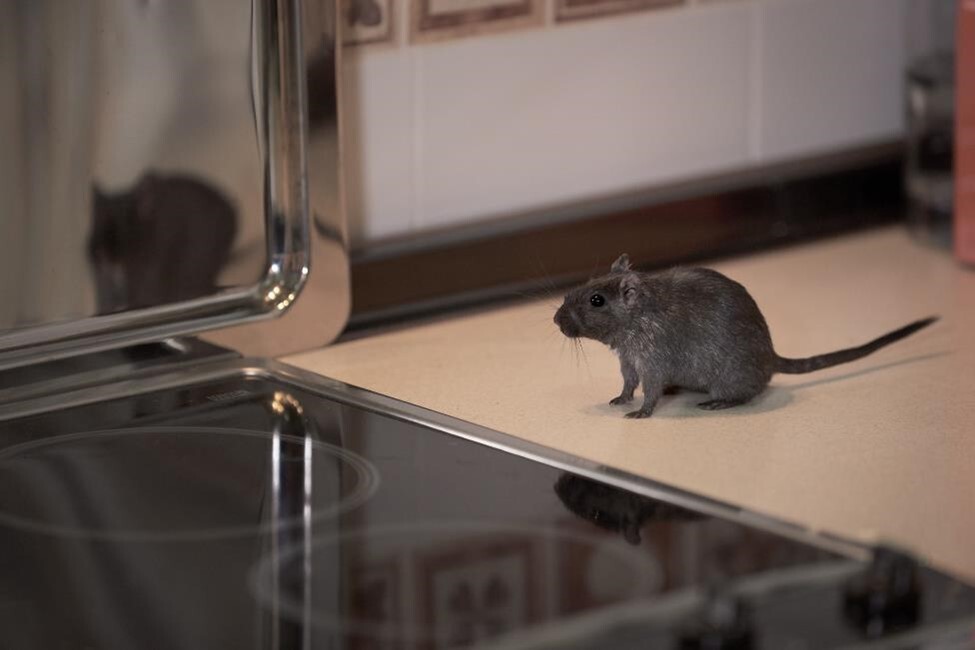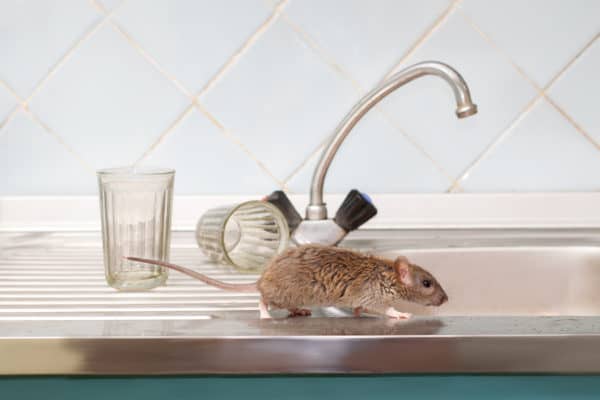Insect-proofing Your Windows: Ensure a Pest-Free Home
Share
Are you constantly battling insects breaching your home despite your best efforts? Or perhaps you're simply tired of unwelcome pests disturbing your peace? The key to a harmonious, insect-free haven lies in insect-proofing your windows. By implementing effective solutions, you can reduce the likelihood of insects invading your space, allowing for a more comfortable and serene atmosphere.
Windows are crucial for ventilation and natural light, but they often serve as entry points for insects. Fortunately, with the right strategies, you can create barriers that keep these unwelcome visitors out while still enjoying the fresh air and views. Let's delve into the most practical and efficient techniques to achieve full insect-proofing.

The Importance of Insect-proof Windows
Understanding why insect-proofing your windows is fundamental helps underscore its significance. Insects not only cause discomfort but can also pose health risks and damage property. From spreading diseases to triggering allergies and even damaging wooden fixtures, insects are no trivial matter. [Read about other pest prevention tips](https://trapx.io/blogs/news/pest-prevention-for-new-homeowners).
Choosing and Installing Window Screens
Window screens are often your first line of defense against insects. They come in various materials, including fiberglass, aluminum, and polyester. Opt for a mesh size that is tight enough to block insects but still allows for adequate airflow and visibility.
Durability and Materials
Durability is a crucial element when selecting a screen. Fiberglass and aluminum screens are popular for their resilience and effectiveness. Ensure the frame is sturdy and fits snugly to prevent insects from finding tiny entryways around the screen's edges.
Installation Tips
Proper installation is vital to ensure the screen functions effectively. Use a screen stapler for a tight fit and reinforce frames with weather-resistant sealants for added protection. [Find more tips on window maintenance](https://trapx.io/blogs/news/pest-prevention-in-apartments).
Sealing Gaps Around Windows
Even with screens, small gaps and cracks around windows can serve as passageways for insects. Carefully inspect the perimeter of your windows to identify any possible entry points.
Using Caulking and Weatherstripping
Applying caulking and weatherstripping are effective methods for sealing windows. Weatherstripping acts as both an insulator and a sealant, while caulking is perfect for filling small gaps and cracks. Consider eco-friendly caulk for an environmentally conscious solution.
Proper sealing not only prevents insects but also helps in [better insulation and energy efficiency](https://www.familyhandyman.com/pest-control/).
Maintaining Clean and Clear Perimeters
Outdoor environments directly impact indoor pest dynamics. Keeping the area surrounding your windows clear of debris and dense vegetation is integral to reducing insect activity near entry points.
Regular Landscape Maintenance
Trim overhanging branches or shrubbery to minimize insect habitation. Keep the areas beneath windows clear of clutter, and regularly freshen soil to deter pests from setting up camp adjacent to your home. [Discover related home pest management tips](https://www.epa.gov/safepestcontrol/dos-and-donts-pest-control).
Utilizing Natural Insect Repellents
Placing potted herbs like basil, mint, or lemongrass near windows can naturally deter bugs. Planting these strategically embellishes your exterior and fortifies natural pest resistance.
Advanced Protective Mechanisms
If standard measures are insufficient, consider investing in advanced technologies that integrate well into contemporary home designs.
Magnetic Screens and Electric Traps
Magnetic screens offer magnetic sealing to ensure minimal insect entry, whereas electric traps catch and neutralize insects attempting to invade. For added protection, modern products such as smart traps can revolutionize protective efforts against pests. [Learn more about smart traps](https://trapx.io/blogs/news/home-depot-live-mouse-trap-the-ultimate-solution-for-rodent-infestations).
Insect Repellent Sprays and Devices
Safe, environmentally-friendly insect repellent sprays are recommended to manage any pests that bypass initial barriers. Devices like ultrasonic pest repellents provide chemical-free alternatives to keeping insects away.

Final Thoughts on Successful Insect-proofing
Protecting your home against insects starts with your windows. By employing these insect-proofing strategies, you will enjoy a far more serene and hassle-free environment. With continued vigilance and the right preventive steps, you can ensure that your abode remains a safe haven, free from unwelcome insect intruders. [See additional home safety tips](https://www.familyhandyman.com/list/diy-pest-control-strategies/).
Faq Section
How often should I replace window screens?
It largely depends on your home's exposure to the elements, but generally, every 5-7 years is standard. However, if you notice wear or tears, replace them sooner.
Can I install window screens myself, or should I hire a professional?
Installing window screens is a manageable DIY project for many; however, hiring a professional ensures a perfect fit and maximum effectiveness.
Are natural repellents enough to keep insects away?
While natural repellents are effective for light infestations, integrating them with physical barriers like screens and caulking optimizes protection.
This article contains affiliate links. We may earn a commission at no extra cost to you.
